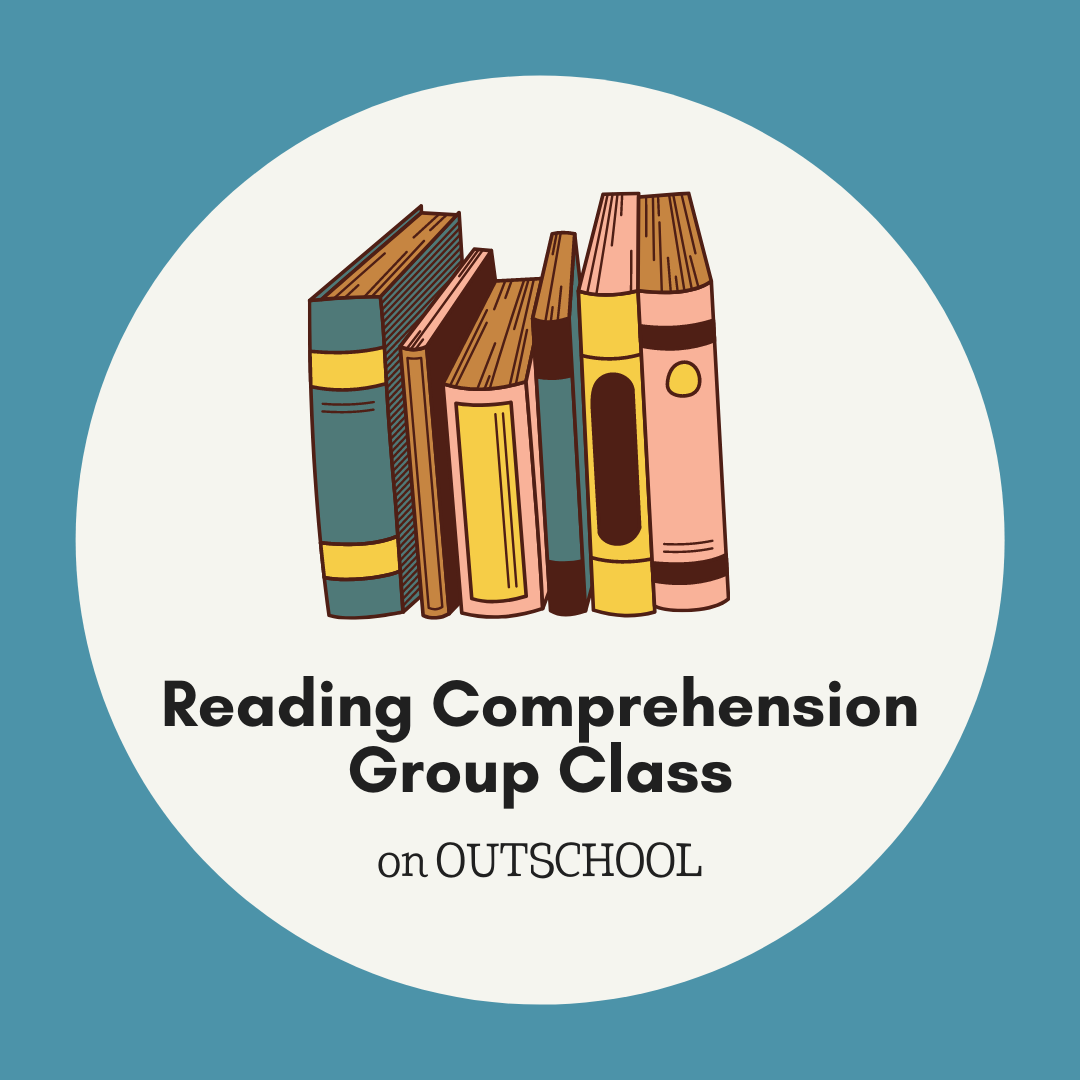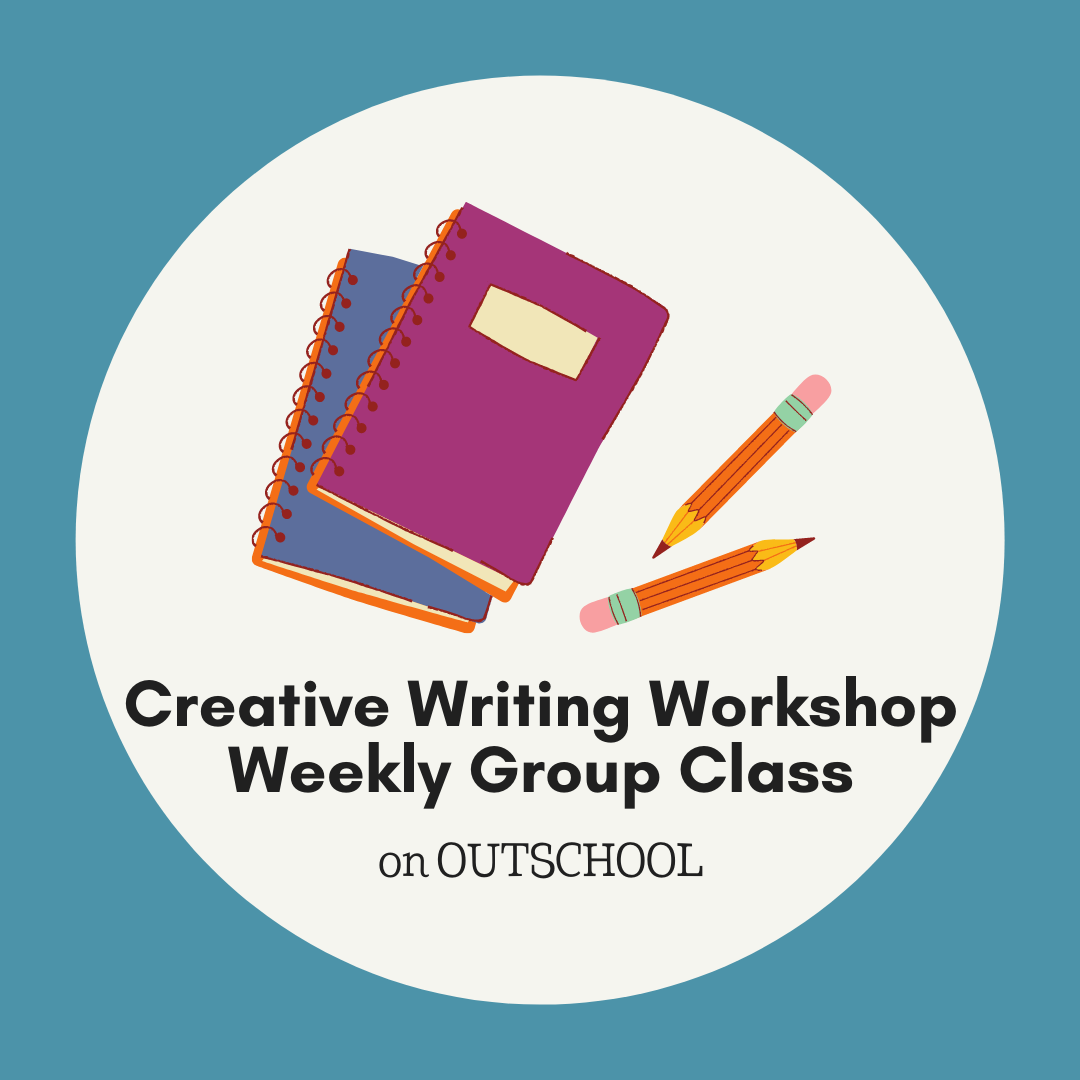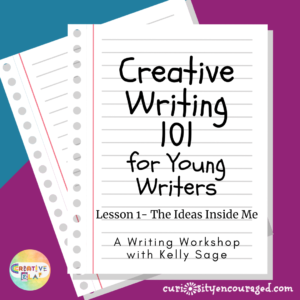Disclosure- Links in this post may be affiliate links. If you click through and make a purchase, I earn a commission at no additional cost to you. Unless noted, if I am reviewing a product, I have been compensated for my time. I write honest reviews. They are not required to be positive. I only recommend the resources we love and use.

One of the hardest parts of the writing process is the process of revision. To revise or edit means to change, make alterations, and re-examine. We’re taught at an early age to do things the “right” way the first time, and in school, we’re taught the fewer corrections or red marks, the better.
Revision also feels personal. Something we’ve created needs fixing. It can be subjective. Every writer’s voice is different, and sometimes the way a writer writes doesn’t ring well in their reader’s ears. Nothing is actually wrong.
Revising one’s own writing is challenging. It’s hard to find mistakes, especially if we don’t know what we don’t know. And have you ever overlooked a mistake because you’ve looked at your document so many times you see it correctly? We all do this.
The hardest part, especially for kids, is that revision can feel tedious. I’ve yet to meet a kid who wants to rewrite something they’ve already written.
We can’t skip over this part of the writing process. Writing and revision must go hand in hand.
A sidenote (if I may)- it’s not just up to writing teachers to focus on revision. Anyone who assigns writing assignments needs to know how to approach, teach, and model revision. A child/teen/adult who feels criticized, who doesn’t know how to revise, and who sees a whole lot of errors or work ahead of them is likely to shut down and hate writing. Don’t kill young writers. The world needs them.
Even though editing is essentially the combing through words and sentences to bring clarity and correction to a piece of writing, there are a number of ways to help writers learn, embrace, and practice revision.

5 Revision Strategies to Help Young Writers
1. Help Writers Focus on Finding Their Process
Classroom posters like to suggest the writing process looks neat and orderly. A checklist one simply needs to follow.

It’s convenient to teach writing as a checklist.
Convenient but not authentic or helpful.
The writing process is messy. While all of the elements in the first image are present, it looks different for each writer. The elements jumble and dance. They take turns, back and forth, back and forth. The writing process is not linear.
Teaching kids revision comes after drafting, and editing comes after revision suggests a one-and-done process. It can also create dull, formulaic writing.
In reality, drafting, revising, and editing can happen simultaneously.
While it’s important to encourage and teach kids to use each part of the writing process, they need to know it looks different for everyone.
2. Help Writers See What Works in Their Writing
“The writer must have a good imagination to begin with, but the imagination has to be muscular, which means it must be exercised in a disciplined way, day in and day out, by writing, failing, succeeding and revising.”
Stephen King
As Stephen King points out, writing does include failing. Sometimes our ideas, characters, and organization just don’t work out. That’s why writers revise.
The best way to help young writers find the things that aren’t working is by showing them what is working.
Instead of grabbing a red pen and writing what doesn’t work in the margins of the page, write what does work.
Encourage writers to keep giving examples like they did in the second paragraph or add more dialogue like they did on the first page. Circle the descriptive words they used that helped you see the setting. Point out how clear their topic sentence is in paragraph four.
Writers need examples and encouragement. What better way to offer them both than in their own writing.
3. Bring in the Experts
“Revision means throwing out the boring crap and making what’s left sound natural.”
― Laurie Halse Anderson
Who are your writer’s favorite authors? Chances are they have written about their writing process. They have probably also written about how they have to restart, how they delete things they’ve written, and how no first draft is perfect.
When we see that our favorite writers revise, we realize we’re not revising because we’re bad writers. We’re revising because we are writers!
“I always advise children who ask me for tips on being a writer to read as much as they possibly can. Jane Austen gave a young friend the same advice, so I’m in good company there.”
― J.K. Rowling
“Whenever I’m asked what advice I have for young writers, I always say that the first thing is to read, and to read a lot. The second thing is to write. And the third thing, which I think is absolutely vital, is to tell stories and listen closely to the stories you’re being told.”
― John Green, An Abundance of Katherines
The more we read and listen to stories, the more our language, understanding of the structure, characterization, grammar, and all the elements of good writing strengthens.
“I have advice for people who want to write. I don’t care whether they’re 5 or 500. There are three things that are important: First, if you want to write, you need to keep an honest, unpublishable journal that nobody reads, nobody but you. Where you just put down what you think about life, what you think about things, what you think is fair and what you think is unfair. And second, you need to read. You can’t be a writer if you’re not a reader. It’s the great writers who teach us how to write. The third thing is to write. Just write a little bit every day. Even if it’s for only half an hour — write, write, write.”
― Madeleine L’Engle
Kids can’t learn to revise if they hate writing. Make writing, the act of writing, the important part.
5 Editing Strategies to Help Young Writers
1. If we want our writers to learn from their mistakes, they need to fix their mistakes.
One of the mistakes I see people with very good intentions make when it comes to helping a young writer (elementary through college) edit is to circle and fix the mistakes they’ve made for them.
What happens when we do this is we take away the writer’s opportunity to learn.
I guarantee the vast majority of students when given a paper filled with corrections, will either stuff the paper into a folder never to be seen again or, if they are given the chance to revise, simply fixes the errors by repeating what is written on the paper.
They learn NOTHING!
2. Edit Together
Sit with your writer and comb through the piece together. Ask them why they put a comma there or added parentheses. Explain why it doesn’t work and have them fix it.
3. Encourage Independence Once a Skill is Taught or Reviewed
Once you’ve explained why something is wrong, have the writer try to find similar errors.
4. Use Mini-Lessons
If you have a classroom of writers, look for common errors and teach a minilesson. Invite students to find where they have a comma splice or switched from past to present.
5. Have Each Writer Keep a List of Common Mistakes They Make
Does your writer make the same mistakes over and over? It’s okay! A lot do. When you see a student confusing their, there, and they’re or forgetting to add a comma to an introductory phase, or indent a paragraph, have them add the lesson to a Personal Editing List.
Every time they write, they should refer to their editing list before they ask for editing help.
Helping our students revise and edit does not need to be painful for anyone. It’s not about the mistakes. It’s about the process, the practice, and the learning. Help your writers focus on their writing process, find what works for them, notice what they are doing well, and most importantly, shed the idea that a good writer is one who doesn’t revise.


















